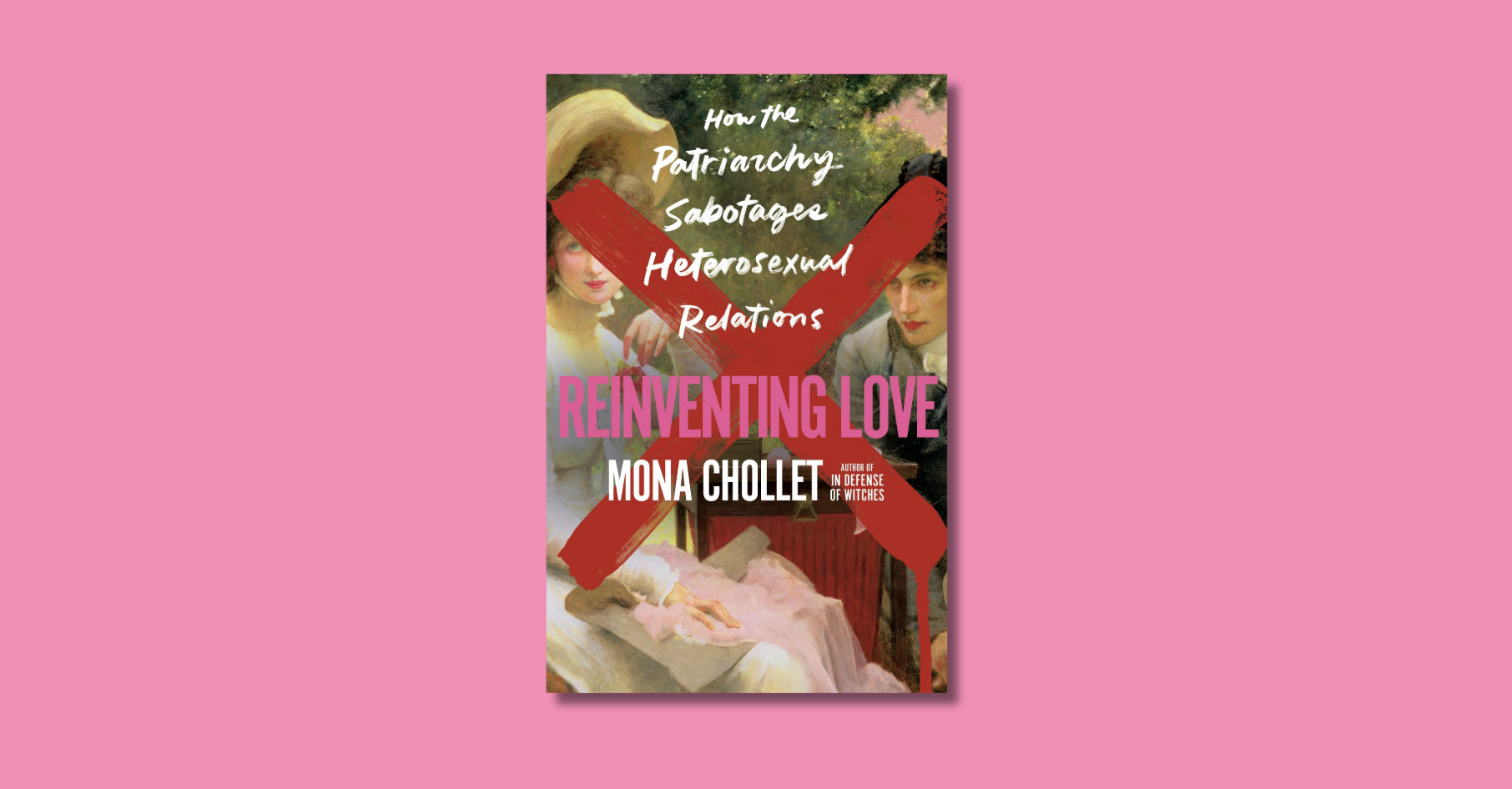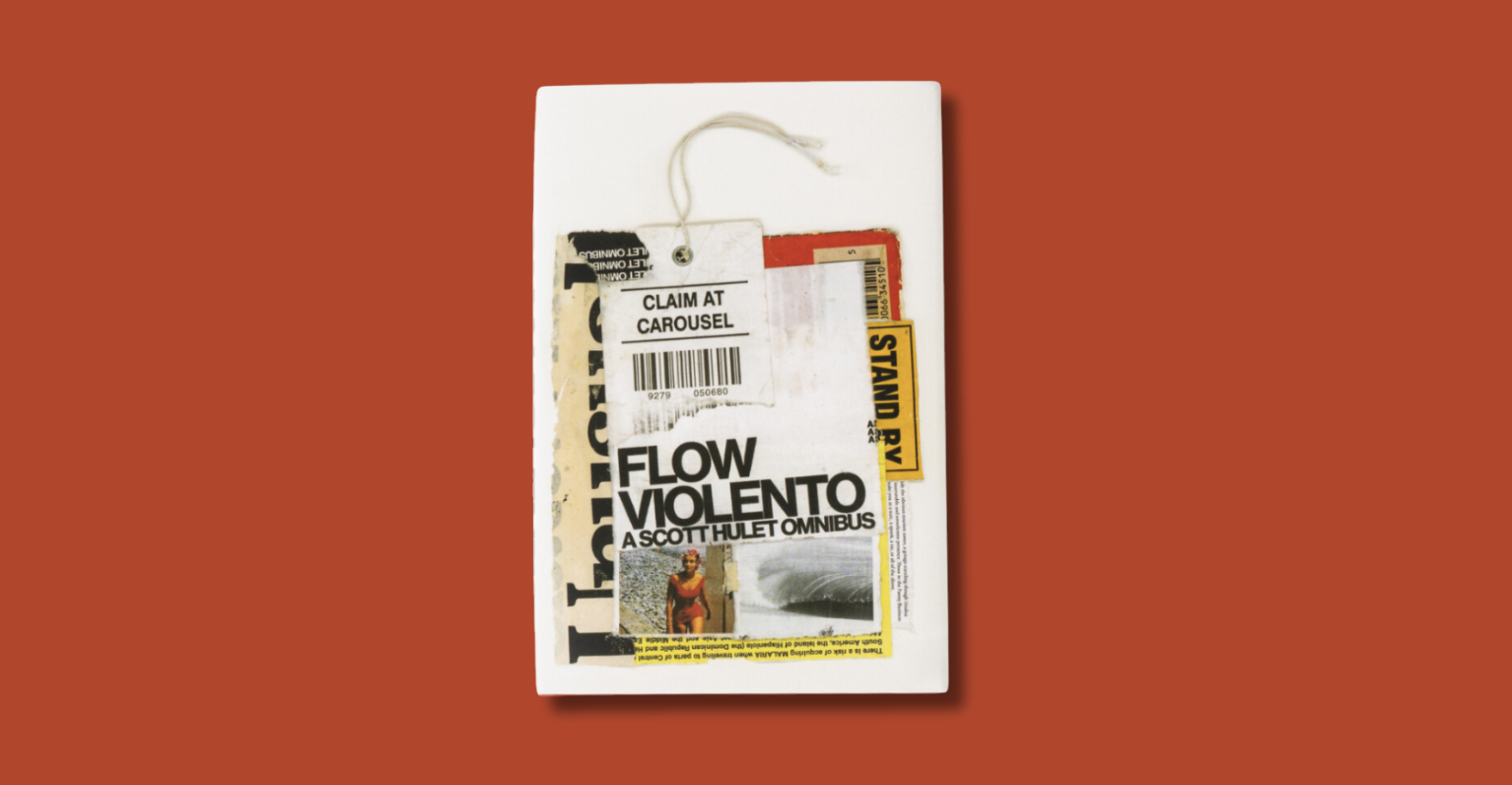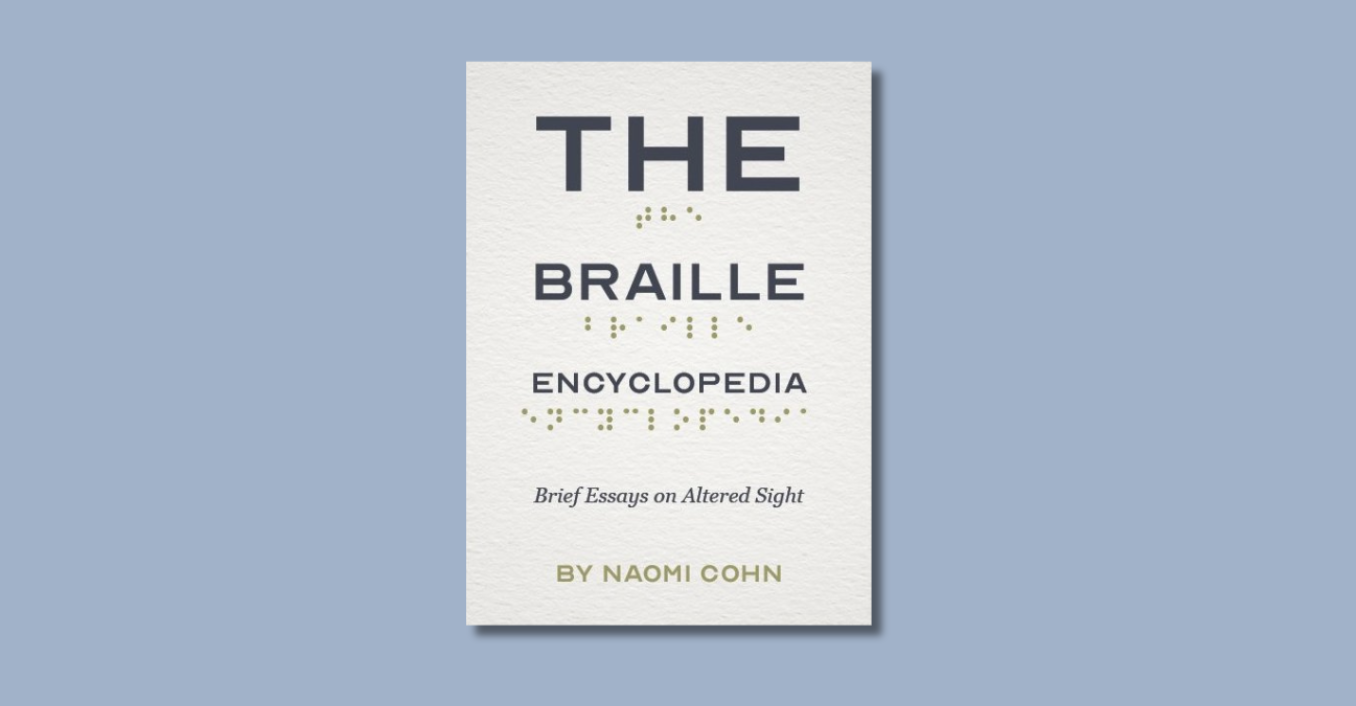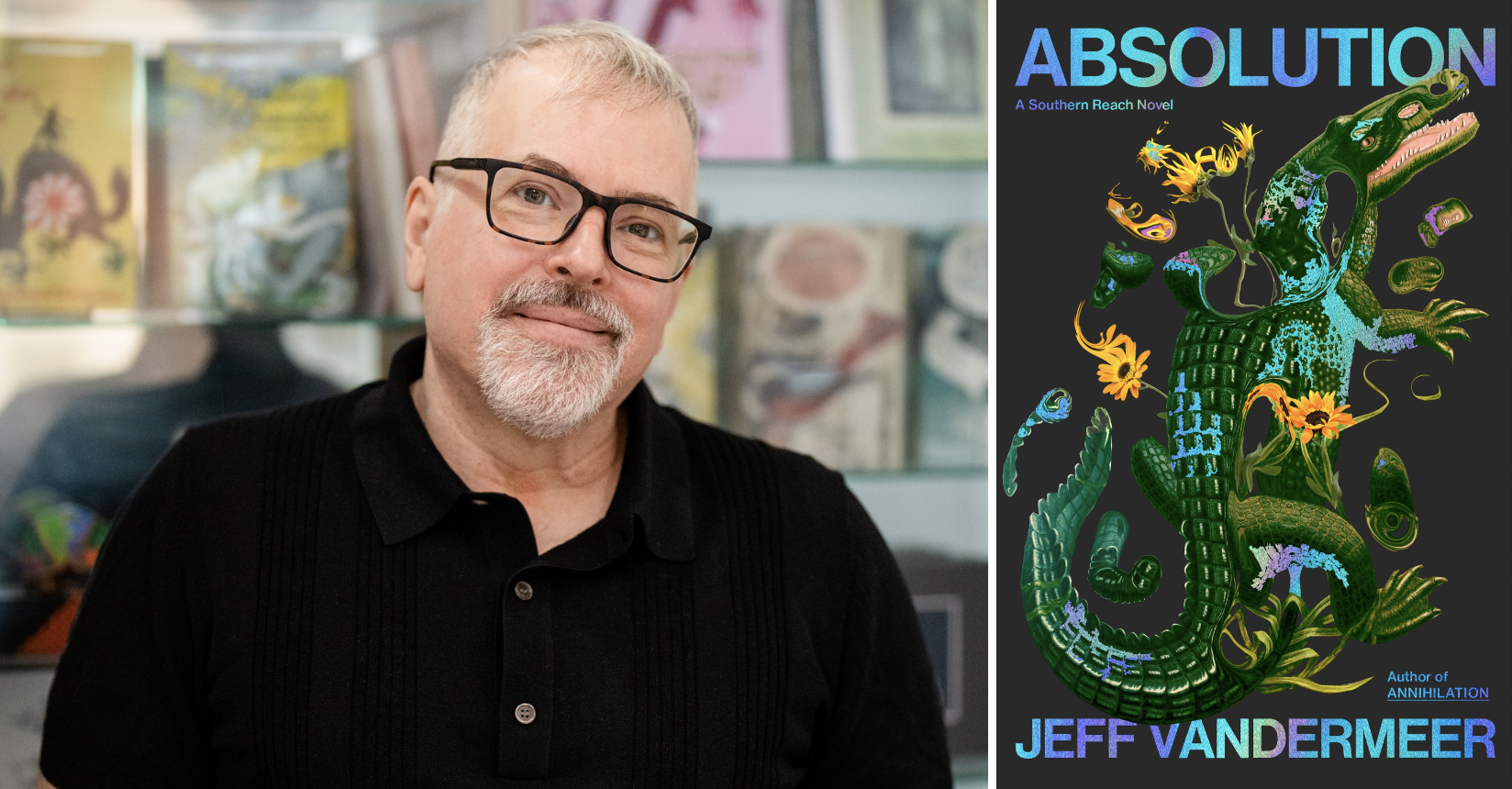A few weeks back the Rake posted a first look at Cormac McCarthy’s forthcoming No Country for Old Men that he spotted on the forums of the “Official Website of the Cormac McCarthy Society.” Now from those same forums comes news that an excerpt of No Country will run in the Summer 2005 Virginia Quarterly Review.
Cormac McCarthy news
●
●








